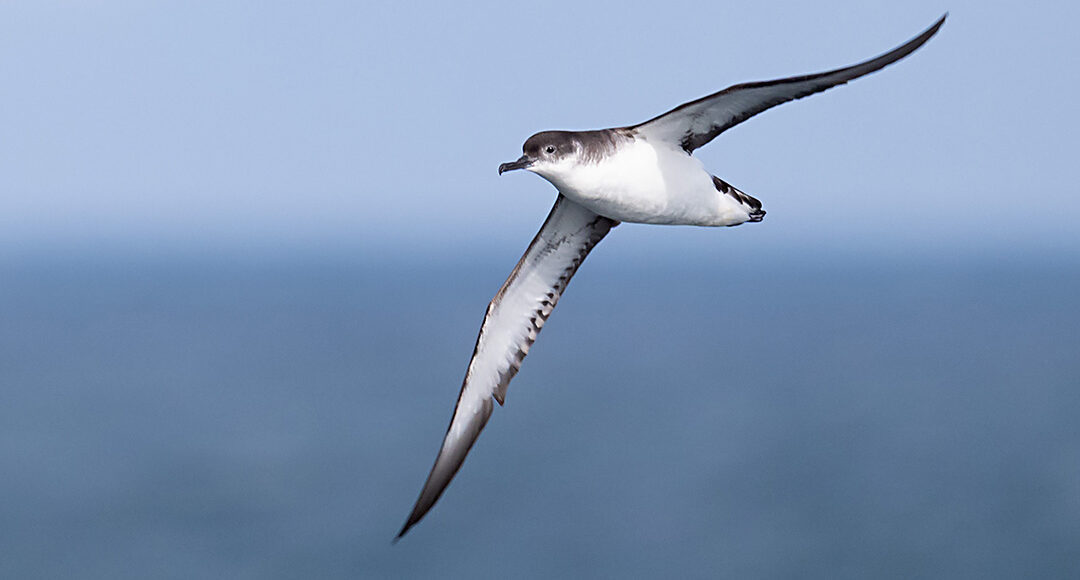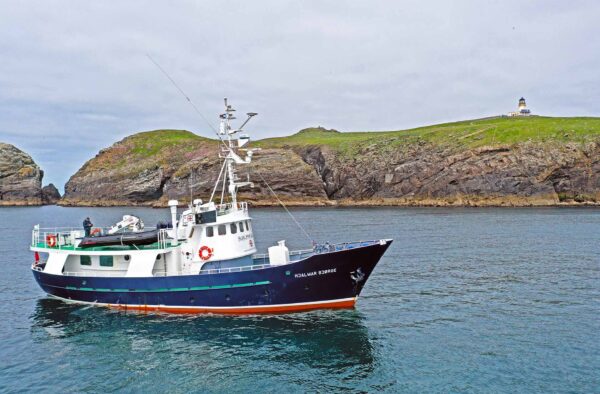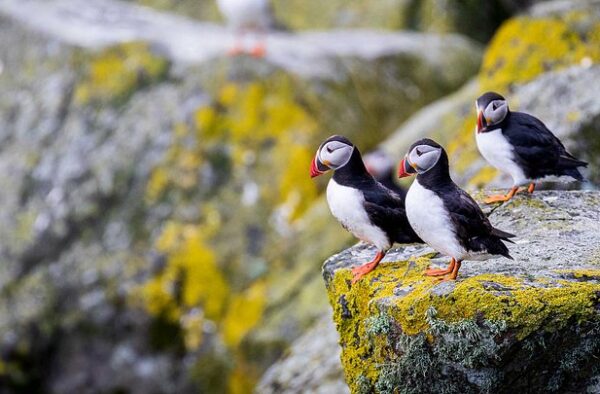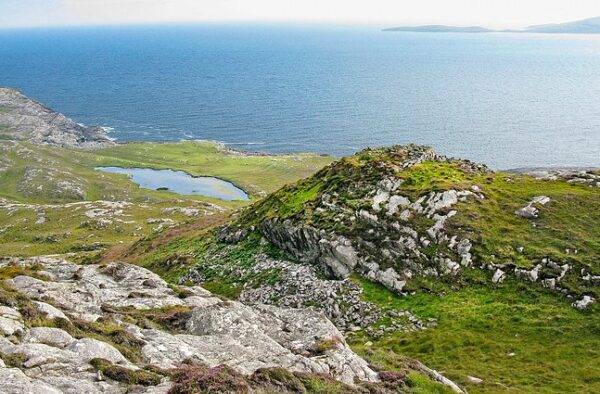Voyage to the Stanton Banks – by Chris Gomersall
We’re excited to share this guest blog from Chris Gomersall, who joined us as a guide on a recent Hebridean Adventures cruise aboard Hjalmar Björge. In this post, Chris takes us along as the crew and guests set out to explore the Stanton Banks – a little-known spot west of Tiree that’s home to incredible marine life. From dolphins and basking sharks to eagles and storm-petrels, it turned out to be a truly memorable trip with plenty of wildlife highlights along the way.
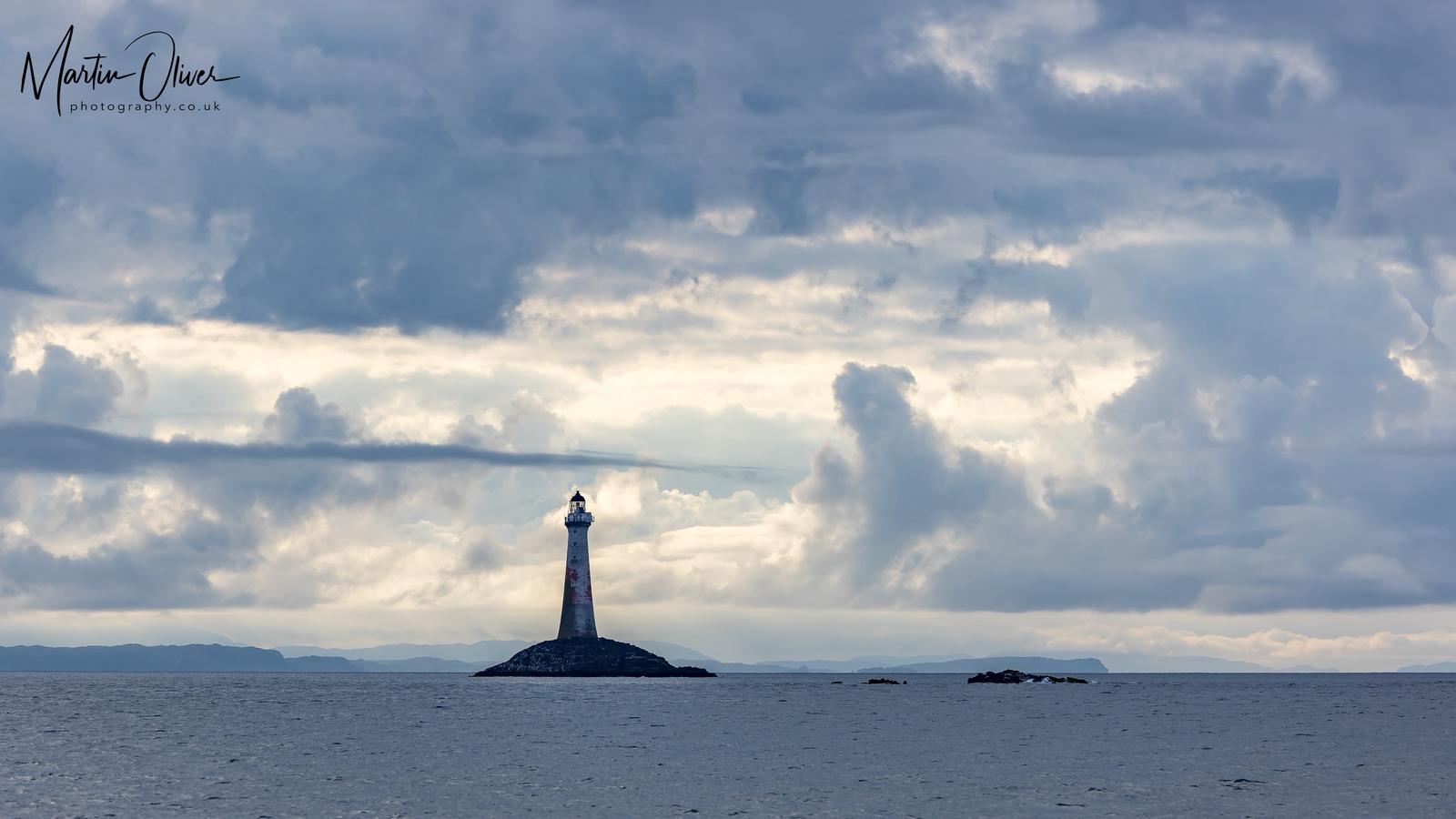

Stanton Banks Cruise
You can be forgiven if you’ve never heard of the Stanton Banks. Lying some 43km WSW of Tiree, these are a series of granite ridges rising from the seabed at a depth of about 200 metres to within less than 30 metres of the surface – so not what you might think of as a scenic attraction. They don’t normally figure in publicised cruise itineraries, and they’re not really on the way to any of the more popular destinations, but they do support a rich diversity of marine life, and are designated as a Marine Protected Area and a Special Area of Conservation. We thought it might be a good idea to go and take a look, and chose a time of year when the larger cetaceans tend to appear and seabird migration is getting underway.
Fortunately, there were enough people who shared our curiosity. With this adventure in prospect, we welcomed our guests on board the Hjalmar Björge in Oban and were pleased to be joined by Hebridean Adventures owner, David. Well, it was his idea in the first place. It turned out everybody had sailed with us before, and there was a buzz of anticipation as we realised, and skipper Tony confirmed, there was a favourable weather window for the first two or three days of our trip. It made a nice change then to turn left out of Oban, through the Firth of Lorn and round the south coast of Mull, to our first night’s anchorage in Lochbuie. Here we were greeted by our first two white-tailed eagles, and a small pod of lively common dolphins. There was just enough time to for me catch a few mackerel before dinner, while a couple of red-throated divers cackled as they flew overhead. And relax.


The next day we made an early start, lifting the anchor just after 4.00 am. Early risers were treated to the sight of common dolphins bow-riding and creating a shimmering light show of bioluminescence in the darkness. As the day dawned, and with bacon rolls in hands, we watched hundreds of manx shearwaters whizzing past us. Here and there we surprised a few puffins on the sea, having now abandoned their breeding colonies and already moulting in to their winter plumage. Leaving the Ross of Mull in our wake, we sailed westwards in to open seas and past the lonely Dubh Artach lighthouse. We enjoyed brief sightings of two sooty shearwaters, on their epic circular migration from breeding grounds in the south Atlantic, and eventually arrived at the Stanton Banks in the late morning. Admittedly, it wasn’t that obvious to those of us out on the foredeck but the ship’s plotter and echo sounder confirmed our location!
This was our signal to pause and idle the engines, while deploying a “rubby-dubby” bag off the stern of the ship. The contents must remain my closely-guarded secret, but I can reveal that the recipe included some of the mackerel caught the previous evening. Anyway, the birds seemed to like it, as we soon attracted no fewer than 80 fulmars, 8 great skuas, and a continous stream of European storm-petrels circling the ship. It’s always a treat to be able to see these miniature but truly pelagic seabirds at close quarters as they flit around like butterflies, dipping with legs dangling as they feed, intermittently obscured by the swell.
We lingered for about an hour in the hope of seeing something still more unusual, and just as I started to recover the rubby-dubby at the stern, a pomarine skua, in full summer plumage, suddenly appeared and disappeared as it flew low overhead and away. Some of the guests had a much better view as it first approached the bow, and Martin was alert enough to capture a few photos showing the distinctive “spoons” on its tail. This is not a bird we record every season, so something of a highlight.
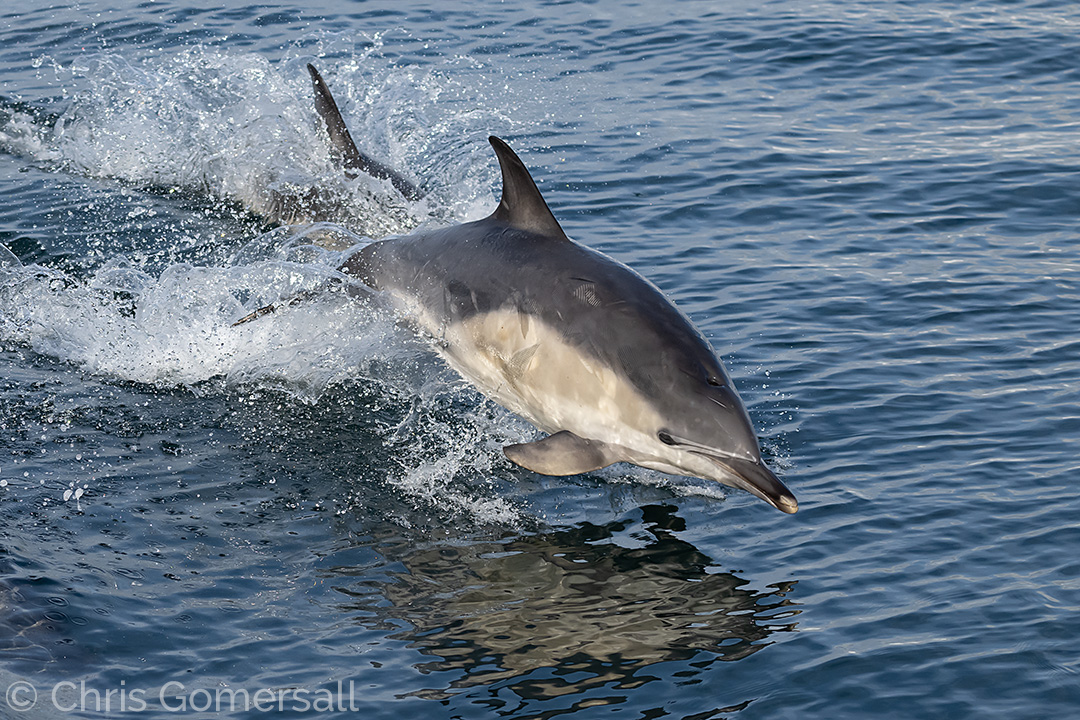
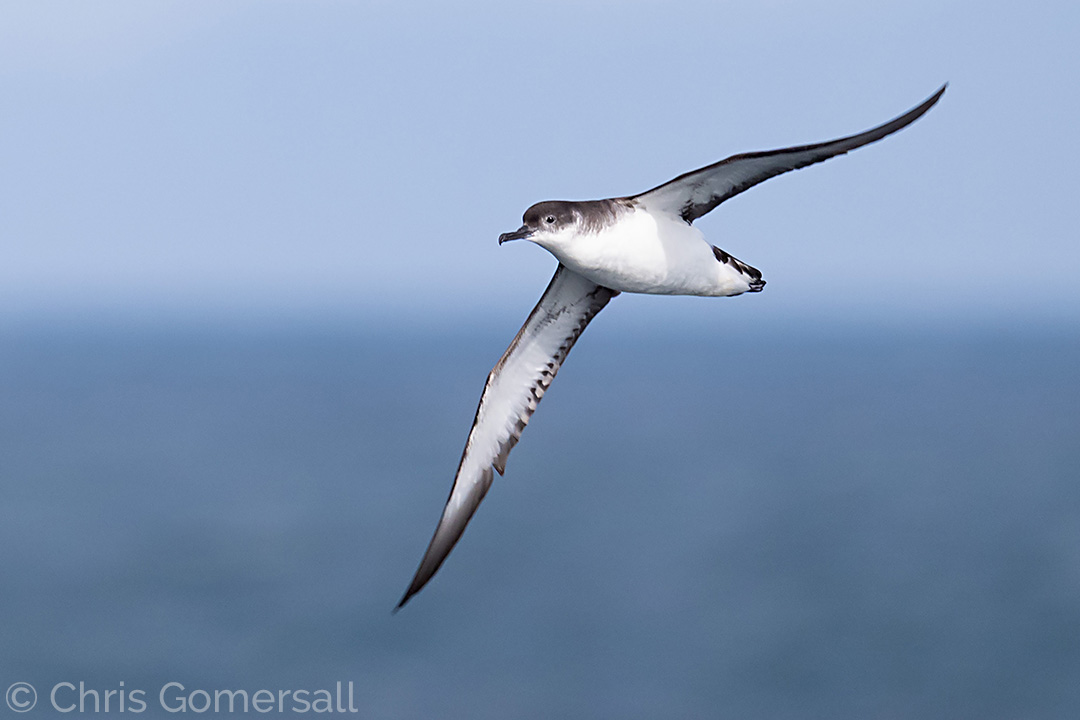

There was still a lot of ground to cover in order to reach a safe haven for the night, so we began steaming north towards the Western Isles. More excitement was to follow as we encountered first two basking sharks, and then a further five, as we approached Barra Head. We took the precaution of cutting the engines while we watched as they quietly continued filter-feeding, and swam close to the ship. One of these guys was quite a monster, estimated at least seven metres in length, and had a distinctive nick in its dorsal fin most likely caused by a ship’s propellor.
It was almost dark as we dropped anchor at Pabbay, after a very long but rewarding day. We were in the odd, but very satisfactory position of having achieved our major objective so early in the cruise. A bit like serving the pudding first. Over the following days, we were able to enjoy walks ashore at Pabbay, Mingulay, Canna, Muck, Ardnamurchan and Lismore. The wild swimmers in our midst braved the cold waters of Pabbay, Canna, and Loch Sunart. A lucky few managed to join a National Trust guided tour of Canna House, which is finally open to the public (top tip: book ahead!). And in Tobermory we sampled the delights of whisky marmalade flavoured ice cream, thus reinforcing the claim to the unofficial title of the Marmalade Cruise.


We saw a great many white-tailed eagles, at least twenty in total, and had great views of golden eagles at Mingulay and on the Ardnamurchan peninsula. Other star birds were a ringtail hen harrier on Mingulay and an osprey in Loch Sunart, though our guests will all have their own favourites. As for the cetaceans, we did catch up with quite a few, but not necessarily in the places we would have expected. There were tantalising glimpses of white-beaked dolphins in the south Minch, but better views of minke whales. Common dolphins lived up to their name, and seem to be getting more abundant each year – we were spotting multiple pods each day, and there were several joyful episodes of bow-riding, even on our final morning as we returned to Oban.
Perhaps the most dramatic spectacle occurred towards the end of our cruise as we passed Ardnamurchan Point and closed in on a small hurry of seabirds. This soon developed in to a feeding frenzy of gannets, manx shearwaters, auks and kittiwakes. A minke whale broke the surface at one point, and the sea was churning with the surging activity of a mixed pod of bottlenose and common dolphins. We didn’t really need the echo sounder to tell us that there was a substantial shoal of fish just beneath us. After about twenty minutes of this excitement, the flock slowly dissipated, and the dorsal fins all vanished. As if they were never there. We came back for another look the next day, but of course it never works like that.
Chris Gomersall

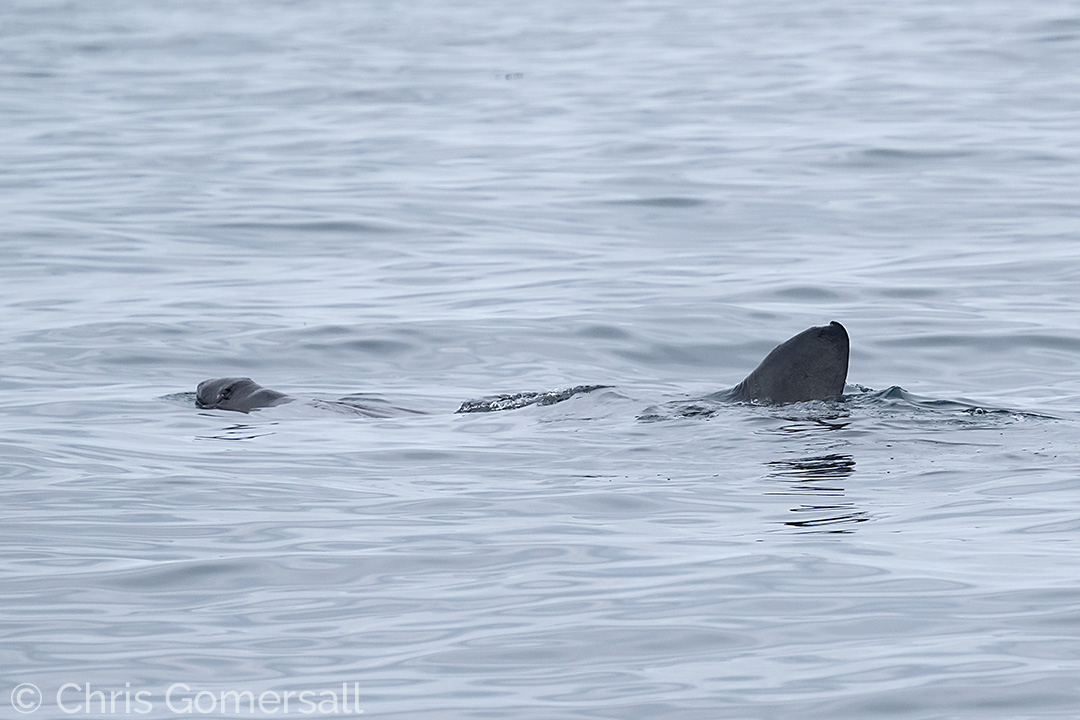
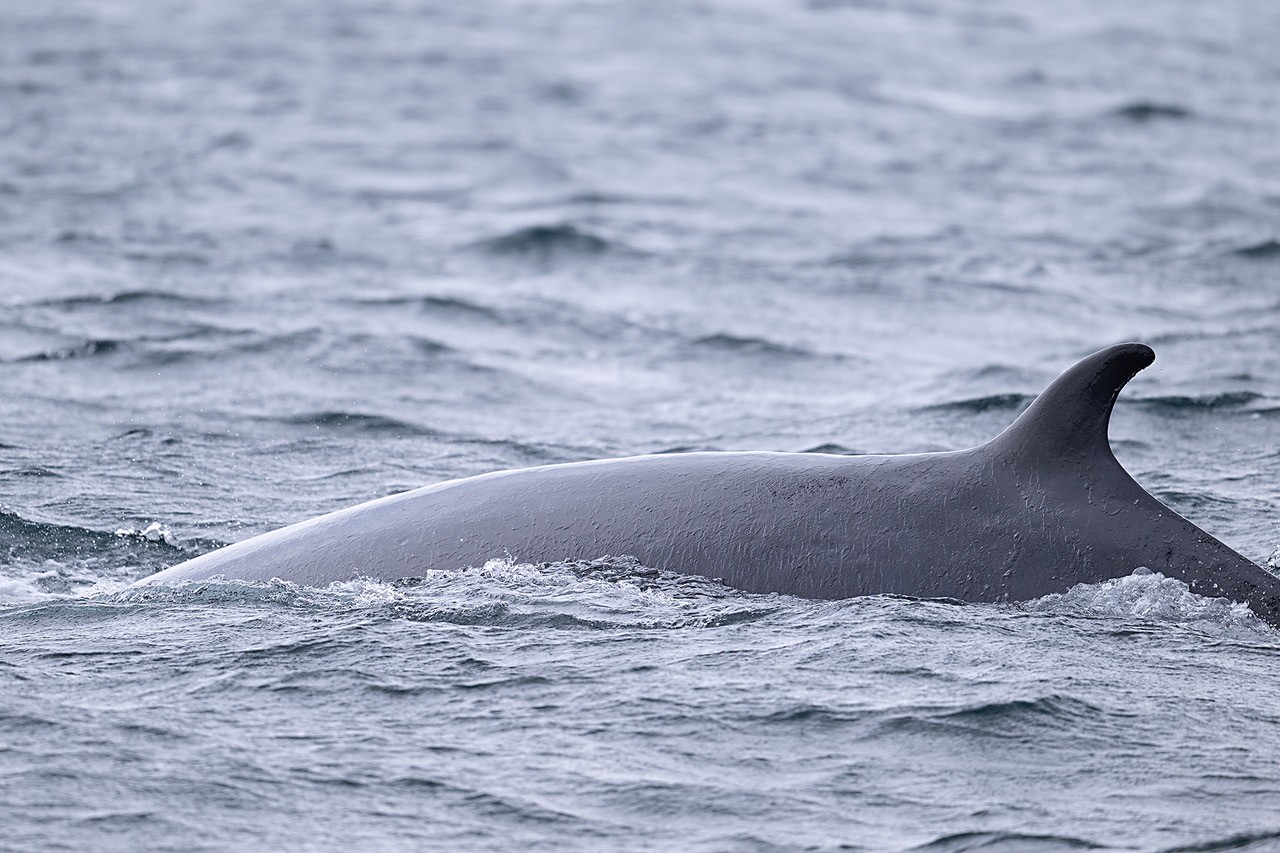
Plan your next adventure
After the success of our 2025 Stanton Banks adventure, we’re already planning the next big step. In 2026, we’re heading even further west – all the way out to the Continental Shelf, beyond the island of Barra. It’s been on our radar for a while, and we can’t wait to see what we’ll find out there. Expect whales, dolphins, and migrating seabirds – and the chance to help us gather new data from some of the most remote waters in the UK.
If you’re ready to be part of in a great adventure, you can find out more here – spaces are be limited, and this is one voyage you won’t want to miss.

